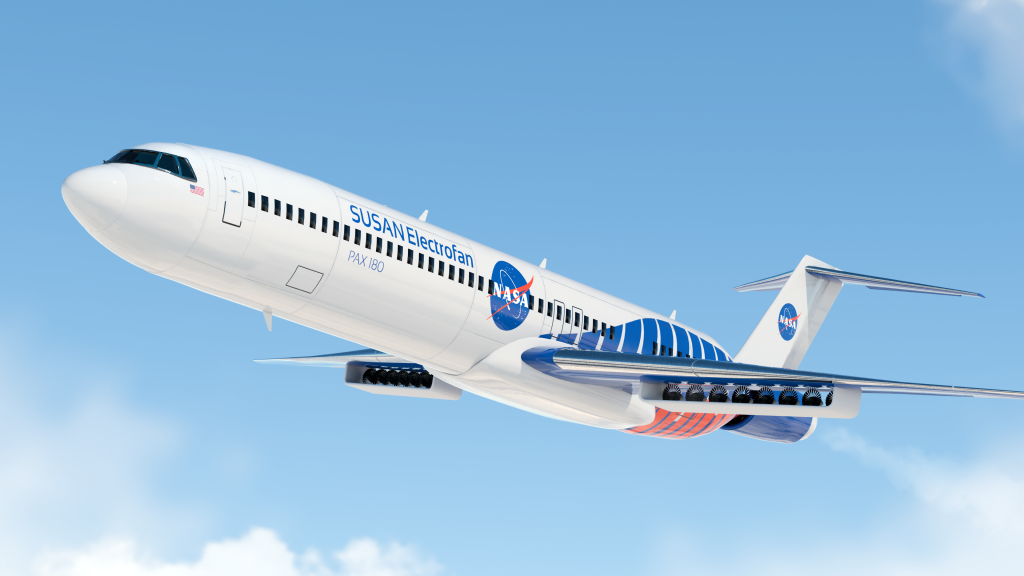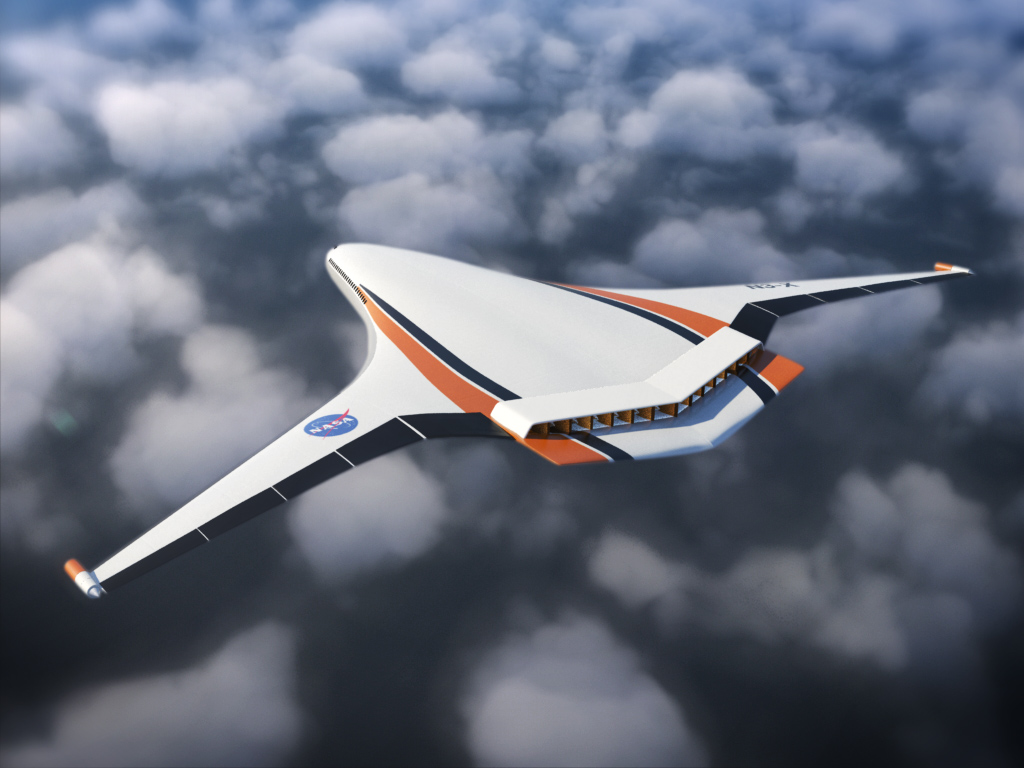
Researchers from NASA’s Kennedy Space Center planted pepper seeds in seed carriers inside the Space Life Sciences Lab on April 8, 2021, as part of the Plant Habitat-04 (PH-04) experiment. The pepper seeds will fly to the International Space Station later in the year on SpaceX’s 22nd Commercial Resupply Services mission (CRS-22), where they will grow in the Advanced Plant Habitat (APH).
The seeds are ‘Espanola Improved’ New Mexico Hatch Green Chiles, a medium-heat chile pepper, and it is one of the few varieties that people regularly eat when it is green and later as it turns red. In ground testing, these peppers have demonstrated suitability for use in controlled environments.
The APH is one of NASA’s three plant growth chambers on the space station. It contains more than 180 sensors and the ability to regulate moisture levels, temperature, and carbon dioxide concentrations as plants grow inside it. APH is mostly autonomous and sends data from its sensors to scientists on the ground at Kennedy.
During the experiment, astronauts will grow the peppers in the APH for approximately four months and conduct two pepper harvests. This will be a challenge that tests the reliability of APH’s various systems because peppers take longer to germinate, grow, and develop than previous space crops NASA has grown, such as radishes and leafy greens.
Peppers are an exceptional source of vitamin C and contain other nutrients that can help supplement astronauts’ packaged diet sent from Earth. Peppers are also spicy, and part of the experiment will include astronauts giving feedback on the pepper’s flavor and texture. Scientists don’t know if growing peppers in microgravity will change their spiciness.
Experiments on the space station, including PH-04, are helping find solutions and increase NASA’s capability for long-duration, human deep-space exploration. This experiment may also offer insights for adapting peppers bred to grow in fields to indoor farms.




























